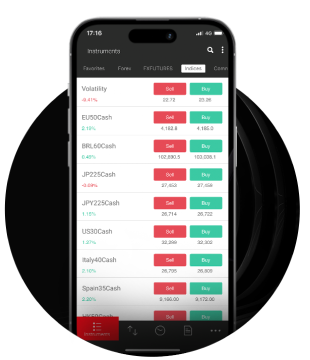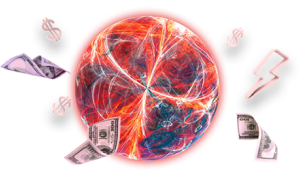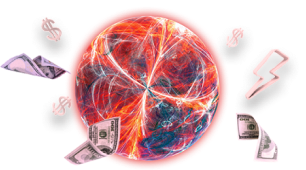Although most of the time forex is about numbers and charts, behind each movement in a currency pair there is a story. Economic developments, political events, central bank decisions and global market sentiment move prices. Thoroughly understanding these underlying causes is fundamental analysis’ goal.
This type of analysis is not only about short-term price swings, but it rather studies the economic and geopolitical forces affecting currencies’ value. For forex traders, mastering fundamental analysis provides an even deeper understanding of the market’s behaviour while also helping in making informed trading decisions that are not only based on speculations.
Read this article to understand all about fundamental analysis and what drives price movement in currencies.
What is fundamental analysis?
Fundamental analysis refers to the method used to evaluate a currency’s true value by analysing both the economic and financial factors that have an impact on it. Fundamental analysis examines the variables influencing currency values, as opposed to technical analysis, which concentrates on past price movements and chart patterns.
Growth in the economy, rising prices, monetary policy, job outlooks, government actions and other events, all influence exchange rates. If a country’s economy, for example, shows strong growth and rising interest rates, its currency is often anticipated to strengthen compared to others.
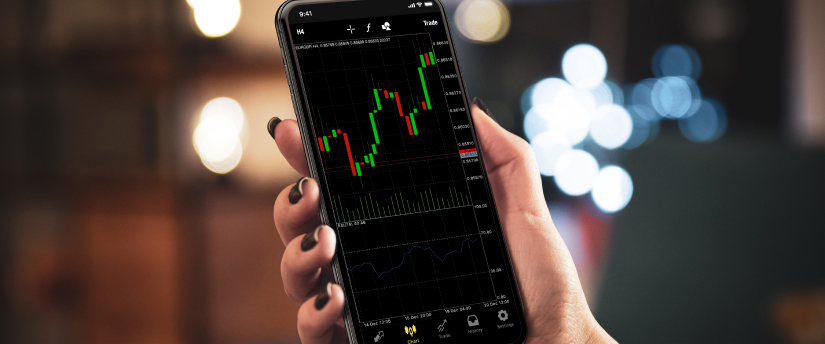
A key part in fundamental analysis are central banks, since their monetary policies, decisions on interest rates and economic forecasts can all greatly influence currencies. That’s why traders keep a close eye on central bank’s statements, minutes or speeches. They want to expect policy changes that could impact currency movements. Even the smallest change can attract or push away foreign traders, which in turn can change a currency’s demand.
What are some key economic drivers?
Economic indicators are at the core of fundamental analysis. GDP growth measures a country’s total output of goods and services. This a key indicator as a rising GDP is typically a signal of a strong economy and may lead to an even stronger currency. Inflation data like the CPI) Consumer Price Index is of equal importance. Because of high inflation, central banks may increase interest rates in order to control price growth.
This often results in the currencies getting stronger. On the contrary, low inflation can signal weakness in the economy while leading to lower interest rates. This might make the currency weaker.
To learn about an economy’s health, one needs to examine employment data. There are metrics like the unemployment data or non-farm payrolls in the U.S that indicate if the labour market is either growing or contracting. Consumer spending and economic activity is usually supported by strong economic growth. This can strengthen a currency.
Some additional indicators include retail sales and industrial production figures which are an indication of how strong an economy is. It also helps traders assess trends.
Other things affecting a currency’s value include trade amounts and present account data. A nation’s currency gains strength when its sales exceed its purchases because demand increases. Conversely, negative trade balance has the potential to erode it over time.
Events around the globe involving politics etc can influence currencies. This happens because market confidence is affected, which in turn results in changes in currency values very quickly. That’s why traders should always stay informed. Even news stories and rumours can momentarily increase volatility.
Fundamental analysis in practice
Traders usually apply fundamental analysis to get a better understanding of medium-to long-term trends instead of minute-by-minute price swings. Since forex always involves currency paris, traders usually examine the relative strength of one currency compared to another. Let’s take a look at an example. When we want to analyse the USD/EUR involves studying economic indicators per region to anticipate which currency is more likely to either rise or fall in value.
Market expectations are also important to traders. There are times when the market has already reflected the anticipated economic data or central bank moves, so to understand the real impact, the actual results and those expectations need to be compared. If the former are different from the latter, there might be sharp reactions in prices. For this reason, instead of only monitoring the data alone, traders also consider its relation to expectations and market sentiment.
Fundamental analysis also looks at central bank communications. Hints about upcoming policy moves can be gathered from official statements, reports or summaries of meetings. For example, traders might buy a currency if they expect a central bank will raise interest rates to control inflation, hoping for higher returns. Similarly, if there are rumours of a possible cut in interest rates or financial stimulus, traders might sell a currency.
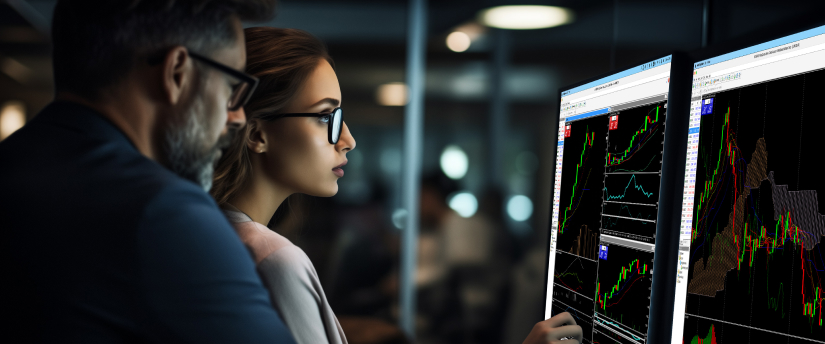
Why does fundamental analysis matter?
Fundamental analysis is helpful in forex because it shows what influences the markets. Understanding these factors will help them stick to the trend and make informed decisions. Additionally, the goal is not only to reach to sudden changes in prices but rather learn how to plan trades for the long term.
Nevertheless, there are numerous factors impacting prices simultaneously, which is what makes the market complicated. Events like natural disasters, political upheavals or sudden policy shifts can quickly change market expectations. Reading and interpreting data is also time-consuming and requires close attention. Market sentiment and speculation can also push prices in ways that do not match the fundamentals in the short term.
Why currencies move? A brief summary
As mentioned above, currencies in forex are traded in pairs. Therefore, each price move shows an economy’s strength compared to the other. For example, when higher interest rates are expected in the U.S, they often buy the USD and sell another currency in the pair. If there’s weaker growth reported in Europe for example, the EUR may go down faster against the USD.
Here are some of the main factors tha move currencies.
Interest rate decisions
Higher rates attract more investors, which strengthens the currency
Unexpected changes in economy
While strong GDP or employment figures may encourage traders to buy, poor performance usually results in selling.
Political developments
Uncertainty can be increased by elections, trade deals or conflicts, causing sudden moves.
Market sentiment
Risk appetite globally or fear often pushes money into safe-haven currencies like the USD, CHF or JPY.
Knowing how these elements work enables traders see what there is behind a chart instead of just reacting to price fluctuations.
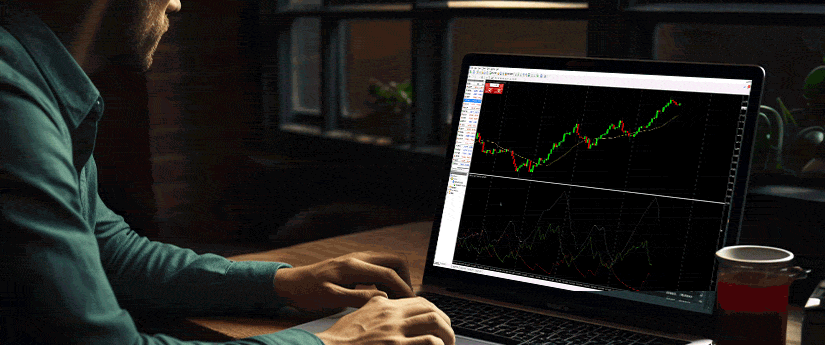
Final thoughts
Fundamental analysis helps forex traders understand why currency prices change. By looking at things like the economy, central bank decisions, jobs data, trade between countries, and political events, traders can see what affects a currency’s value. Although the timing for trades might not be precise, fundamental analysis helps traders make informed trading decisions, improve their risk management and anticipate future trends.
Some traders even combine fundamental analysis with technical analysis to get an even stronger approach, which will offer overall guidance and practical tips. Last but not least, to turn speculations into a more structured and confident procedure, you will need to understand the factors driving price movement in currencies.
Disclaimer:
This information is not considered investment advice or an investment recommendation, but instead a marketing communication.
